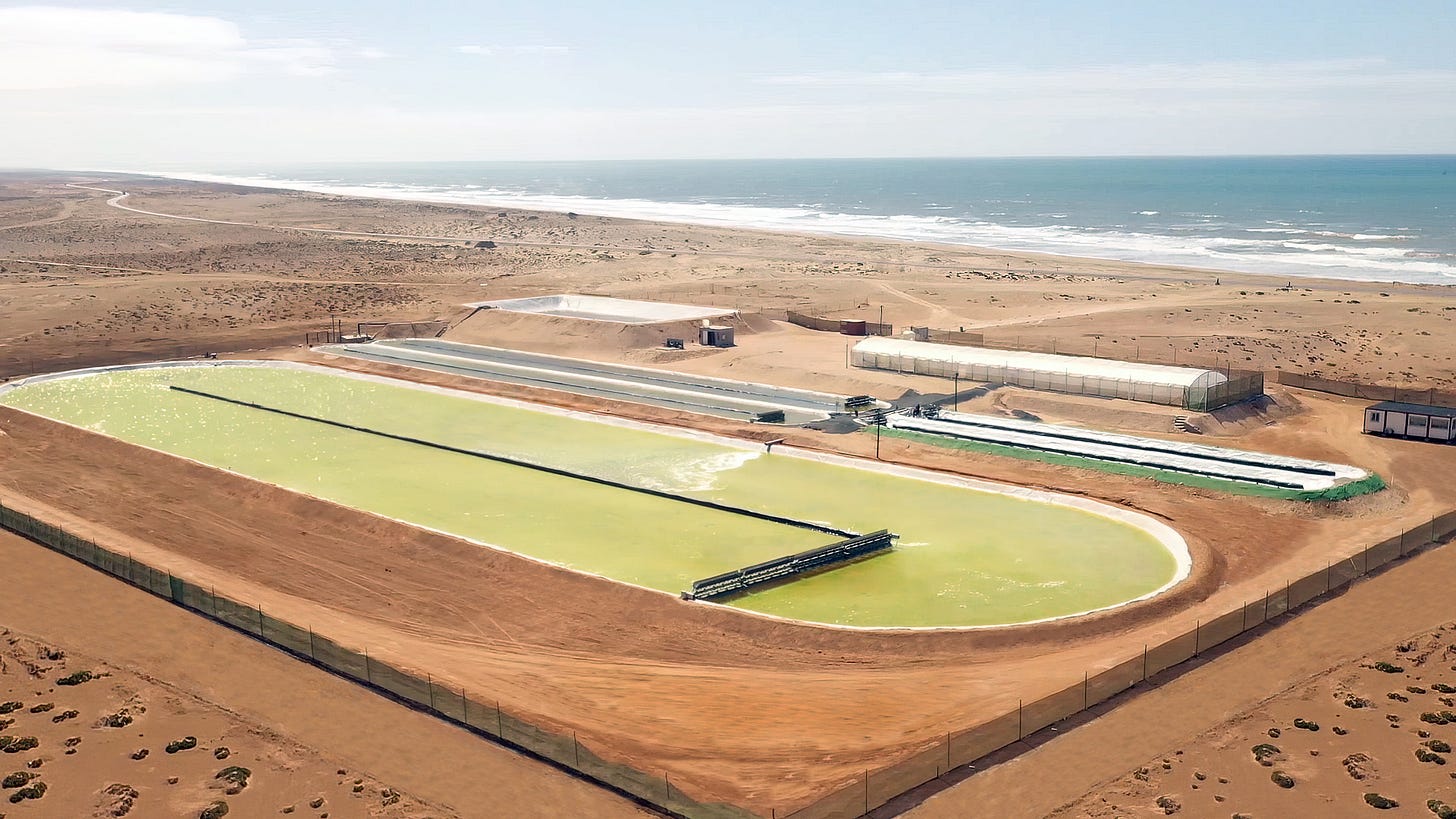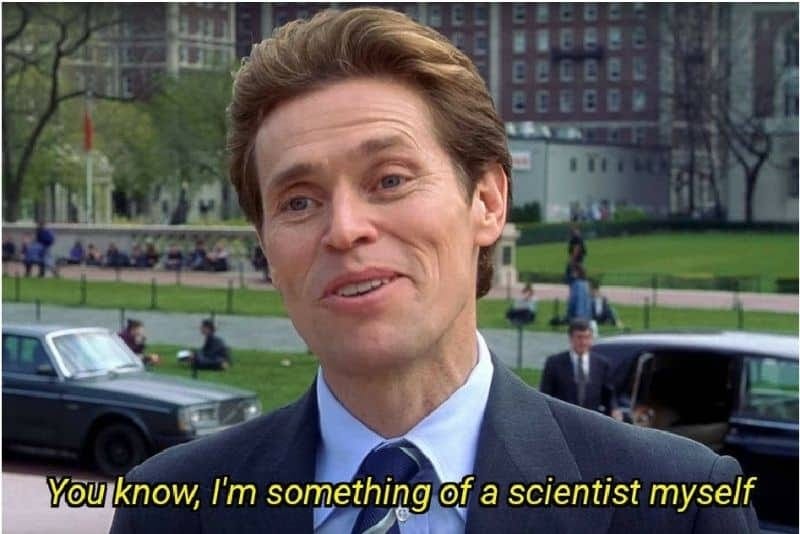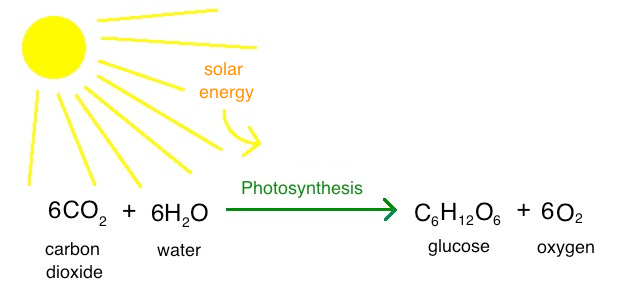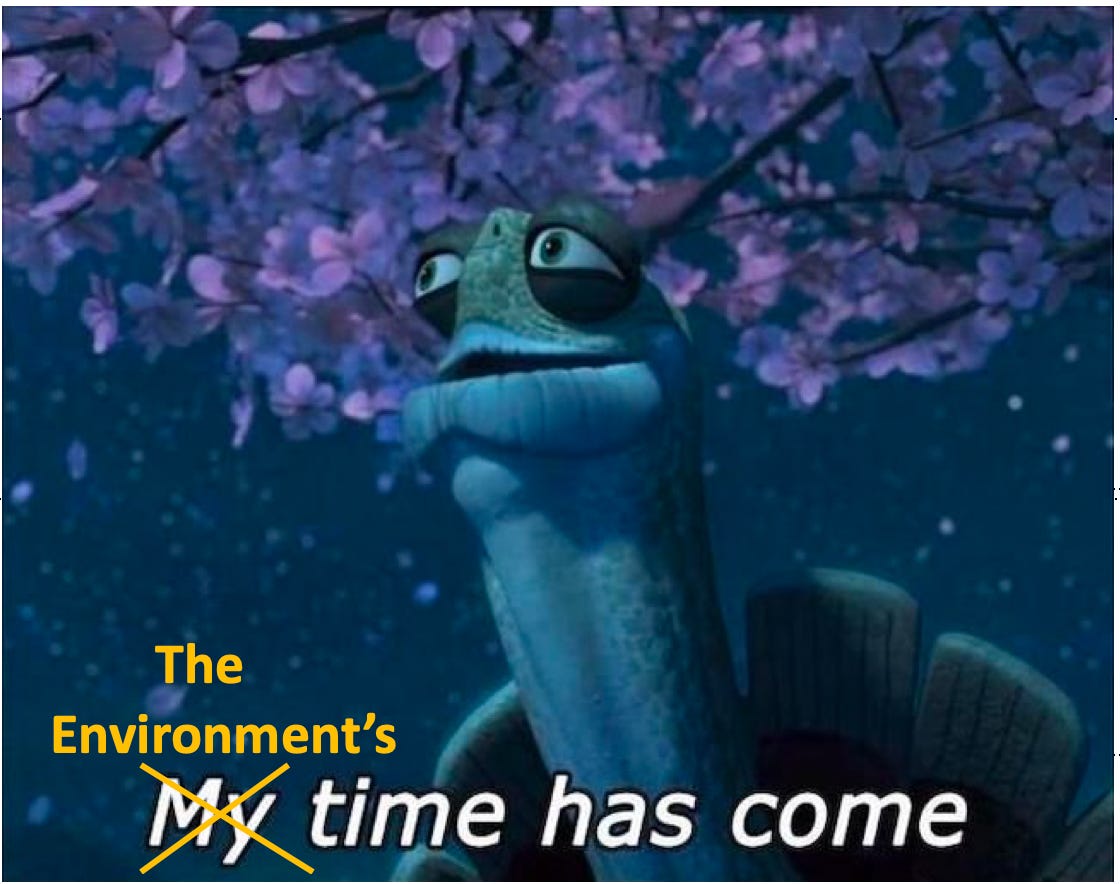Just about everything we have seen and heard over the last few years tells us that climate change is real and the effects are imminent. And well, it’s true.
Just a few weeks ago The Intergovernmental Panel on Climate Change (IPCC) reissued its firm warning that Earth is ‘firmly on track toward an unlivable world’ as we approach 2 degrees Celsius above pre-industrial times.
So how do we fix it? It is no longer enough to stop pollution and warming of the atmosphere, we must take action to actually counter our contribution. One methodology (that is in no way a silver bullet, but rather one of many remedies we need to invest in) is carbon capture technologies. One company leading the way and that has just recently raised is Brilliant Planet.
On April 6, 2022, Brilliant Planet (formerly Susewi Ltd), a carbon capture and storage company, announced a $12 million Series A round co-led by Union Square Ventures and Toyota Ventures. Other investors included Future Positive Capital, AiM Partners, S2G Ventures, Hatch and Pegasus Tech Ventures. As with direct air capture (DAC) companies, Brilliant Planet will sell carbon credits to companies to offset their carbon footprints. For the past several years, the startup has run on a test site in Morocco, leased from the government. And before that, Brilliant Planet tested on pilot sites in South Africa and Oman.
The Science
The science is simple, carbon-containing compounds are emitted into the atmosphere from plain old activity on our planet...
Animals breathe and process nutrients / create energy →CO2 is emitted.
Cow farts → methane (CH4) is emitted
Energy production via burning coal, oil, natural gas
Volcanos erupting
Wildfires and destructive deforestation

All of these things and more release carbon. Some of this is natural, and to a certain extent, we actually need carbon in our atmosphere. It traps the heat we receive from the sun in our atmosphere and without it, our planet would be unimaginably cold and uninhabitable. But too much carbon can have destructive effects on the planet, its ecosystems, and all the animals and wildlife that live on it.
Reducing our carbon footprint has been well documented over the years - reduce power use, find clean-energy alternatives, eat plant-based. But how about carbon removal?
One of the most commonly reported removal methodologies is to plant trees.
Plants, during photosynthesis, as shown in the Khan academy illustration below, take in carbon dioxide, water, and energy from the sun to create glucose and oxygen - creating the very air we breathe.
The common layman's logic is, plant an immense number of trees, and it’ll suck all the carbon out of the air. Problem solved….. Right?

Well, it’s not that simple, unfortunately - but even at the 2020 World Economic Forum scientists announced a plan to plant one trillion trees over the next decade. The thing is:
There is not enough unused land for us to plant this many trees. It would also take a very long time.
It takes the average tree a marked amount of time to reach the age of optimal carbon capture rate and storage. What’s more, a University of Hamburg study found that trees accumulated more than 40% of their lifetime's worth of carbon in just the last quarter of their lives (trees can live anywhere from 50 to 3,500+ years….)
Once a tree dies (by natural causes, deforestation, wildfires, or other reasons), all of the carbon it has captured over the course of its life is released back into the atmosphere. Better start protecting them!
Clearly, we need a better option. And that’s where algae holds some worthy potential that people are excited about. Why?

Some species of algae can remove CO2 from water at a 10-50X greater rate than terrestrial plants
Algae is smaller and captures the same amount of carbon in 1/10th the space compared to land-based peers. Algae also don’t need roots, stems, or branches like other plants do.
Algae consumes less water and can survive in more difficult habitats such as wastewater or seawater
Algae has many end-product use cases such as fuel, food, energy, and other consumer applications like animal feed / snacks, shoes, t-shirts, carbon fiber, plastic, and more.
Now where does Brilliant Planet differentiate itself?
Since 2013, Brilliant Planet has worked on cultivating enormous amounts of algae to capture carbon directly from water, in vast, open-air ponds… Some of you might be thinking,
Why did Garrett bold and italicize the word “water” and wait, isn’t all the CO2 that we know is bad in the air?
Turns out, the oceans contain about 50X more CO2 than the atmosphere and 19X more than the land biosphere. So capturing from the ocean is just as important (if not more) because the ocean captures CO2 from the air! The ocean is also important because climate change has also caused ocean water to become more acidic, which is extremely harsh on animal and plant life.
In addition to capturing carbon, algae can A) store CO2 optimally, known as bioenergy with carbon capture and storage (BECCS) and B) de-acidify the water it captures the carbon from!
Brilliant Planet’s process (simplified) is:
Seawater rich in nutrients and carbon is pumped into desert wells.
Algae grows rapidly within the seawater ponds, absorbing the carbon dioxide stored in the water.
The algae is filtered out from the seawater.
The algae is dried in the desert to ensure there is no biological degradation (as the carbon is stored in the algae).
The algae is buried 1-4 meters below the surface where it “will remain stable for thousands of years”
The [now de-acidified] seawater is returned back to the ocean where it can now begin reabsorbing atmospheric CO2. Brilliant Planet states that
For every unit of water that passes through the system we deacidify the equivalent of 5.1 units back to pre-industrial pH levels.
Some other important Brilliant Planet process notes:
The pond systems are typically placed in geographic regions that are typically underutilized such as coastal desert land.
This means, there is coastal restoration in deserted areas as well as an economic benefit to these areas.
In contrast to direct air capture techniques, algae is not an energy-intensive and cost-intensive process. The founder reports that they can sequester carbon dioxide at 1/10th the cost of direct air capture. The only material expense is to pump in sea water.
What’s also great is that Brilliant Planet can actually track the carbon content of the algae, meaning they can track the effectivity of the carbon absorption and have proof of it!
Trees and other terrestrial plants can not so easily track carbon storage.
Finally, Brilliant Planet algae is low maintenance - it can grow and function in these ponds with ease.
Earlier approaches such as algae bioreactors were complex apparatuses that needed consistent monitoring and careful attention to detail. If one part broke, the whole operation would need to be repaired and restarted.
The de-acidification process of water can actually enable more organisms to grow and live in our oceans and increases the capacity of the seawater to absorb atmospheric carbon dioxide.
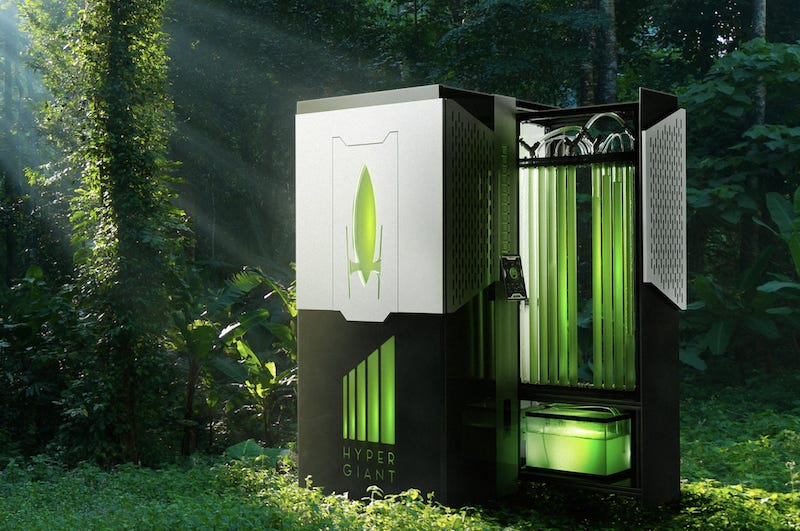
The company was originally started on the shores of St Helena, South Africa. Since then they have created a 30,000 square meter production facility, Earth’s largest algae growth pond in the coastal desert of Morocco.
Risks
The need for carbon capture tech is here and it is not going away anytime soon. However, will Brilliant Planet be the prevailing method of reducing carbon in our atmosphere? - it is yet to be seen…
As with any company, there are competitive risks, but particularly with a problem as large as carbon sequestration, Brilliant Planet is trying to solve a massive, expensive, and time-sensitive problem. For the business to succeed, it needs to achieve great efficiency at the unit economic level in its carbon capture performance - is micro-algae carbon capture significantly effective, and is it cheap enough to create a sustainable business.
Additionally, Brilliant Planet needs to ensure the carbon-containing algae end products are useful and financially viable ingredients for other products. To get there will require immense investment and gigantic ponds / plants across our earth’s major deserts.

The time is now to make a push for the sake of our planet
Rex Woodbury coincidentally posted last week on sustainability in our economy and society. Cleantech and enviro-tech have been invested in for the last 15+ years. But many investments were found to not be financially viable or failed. In addition, the time was not right.
The time is now to invest our dollars, resources, time and effort into fixing the problem we have very much created. We have to find solutions and the venture capital dollars that flow into potential answers today are the ones that will be the harbingers of change in our environment for decades to come. Individuals, households, and businesses of all sizes need to make a full mentality shift to make the environment a core-focus of their business operations. In his post, Rex walks through the companies today that are not only enabling companies to buy carbon credits (and those that are helping capture / remove carbon from the air) like Brilliant Planet but also the companies that are helping the business of today determine:
What their carbon footprint is
How to manage their footprint
Which carbon removal projects to partner with
Give it a read if you want to learn more.
Moved into my new apartment this weekend!
Friday was an exhausting day. Started moving at the crack of dawn and I packed and organized everything so that the move would be super-efficient. I used a moving company and they did tell me it was the fastest move they have ever done. Was some pretty solid gratification of my efforts. However, did not think far enough ahead and did not purchase blinds, so have been waking up at sunrise every day which has been rough on the body.
The restaurant of the week was Indochine, a French-Vietnamese restaurant that has been around since 1984 in Noho. I expected a place that has been around for so long to be over-priced, have an older clientele, and have mediocre / over-rated food but I was surprised and really enjoyed it. Dim orange lighting, lots of plants, green leather booths, and importantly - great food. My buddies’ favorites were the baby back ribs, Vietnamese ravioli, shaking beef, and duck.
Meal was really solid, definitely recommend trying the place.



